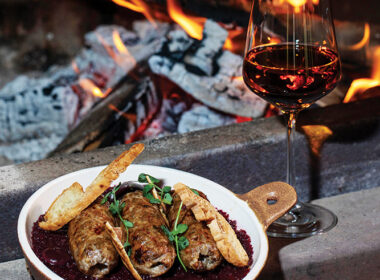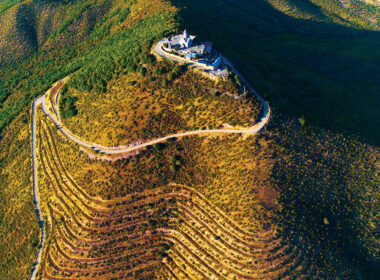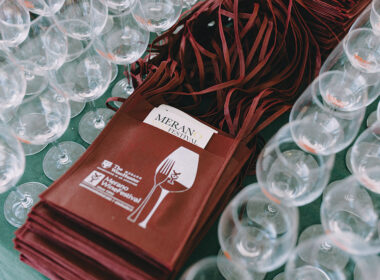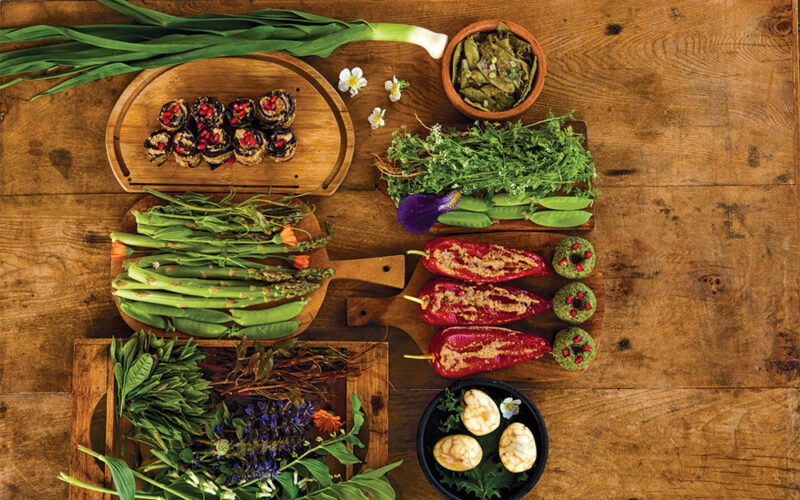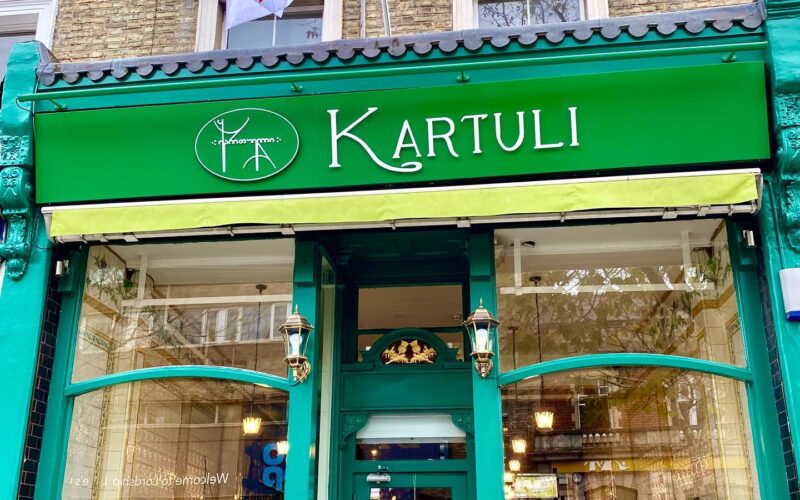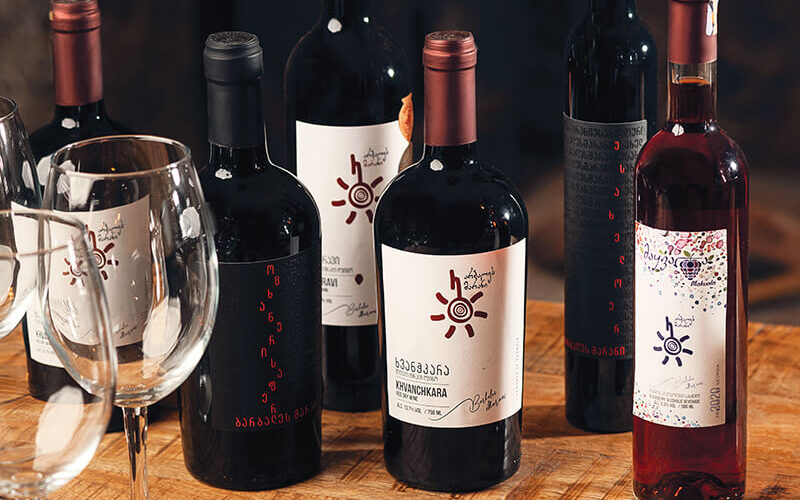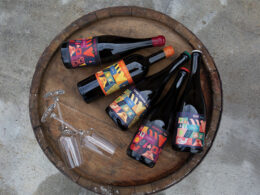Keti Kvichidze
Guria, with its subtropical climate, highly humid summers, mildly cold winters, black sea coastline, and mountains, is one of the most remarkable regions of our country. Due to the favorable nature of its climate, tropical plants such as: agave, avocados, chayote, and banana trees (although they don’t bear fruit), all thrive in Guria, as well as citrus fruits – mandarins, oranges, pomelos, bitter oranges etc. The peculiar characteristics of its nature even allowed for rice cultivation on Guria’s lowlands, but in the 19th century, tea culture gained popularity, and soon became the region’s main source of income- tea factories opened, tea pickers and tea tasters emerged as a result. In the same century, renowned French botanist Emile Levier mentioned the traditions of tea drinking during his travels through Georgia.
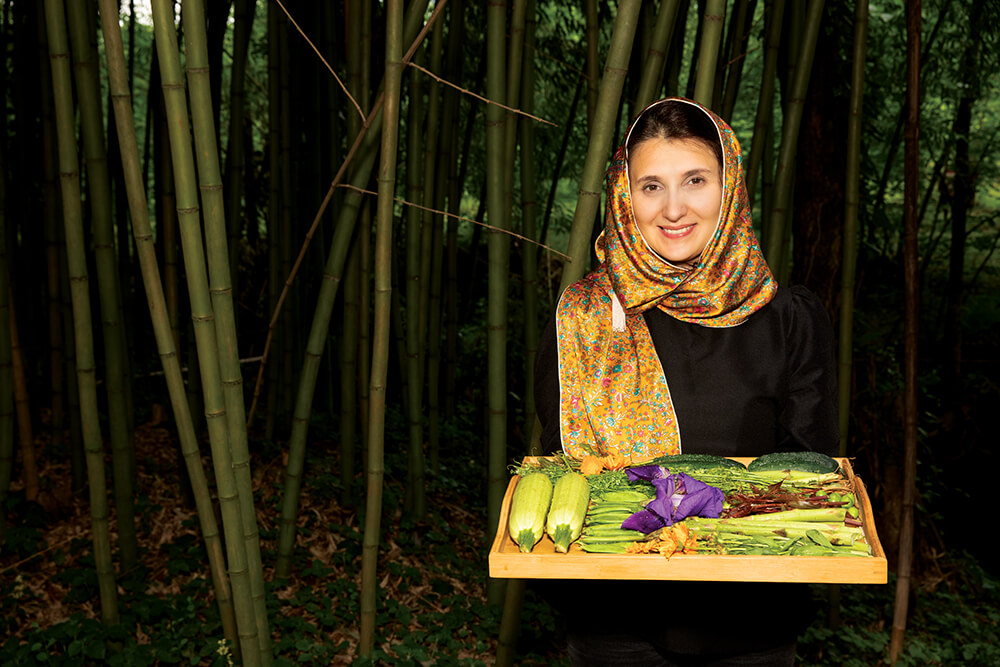
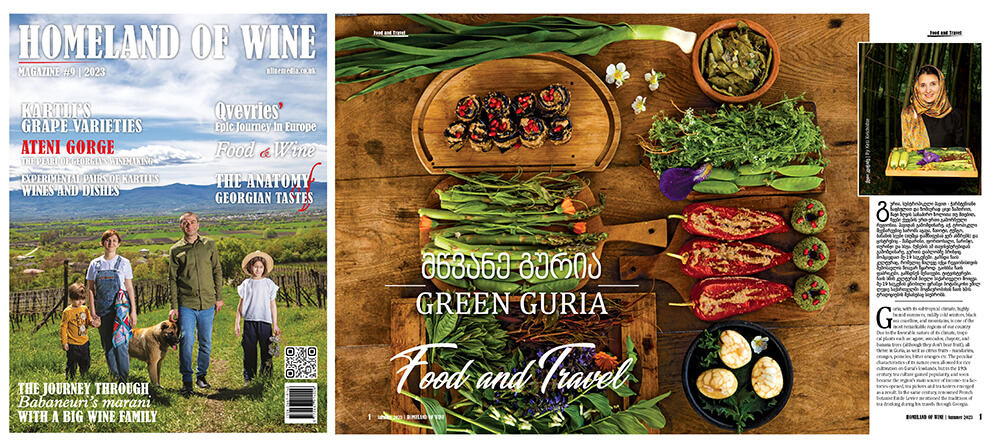
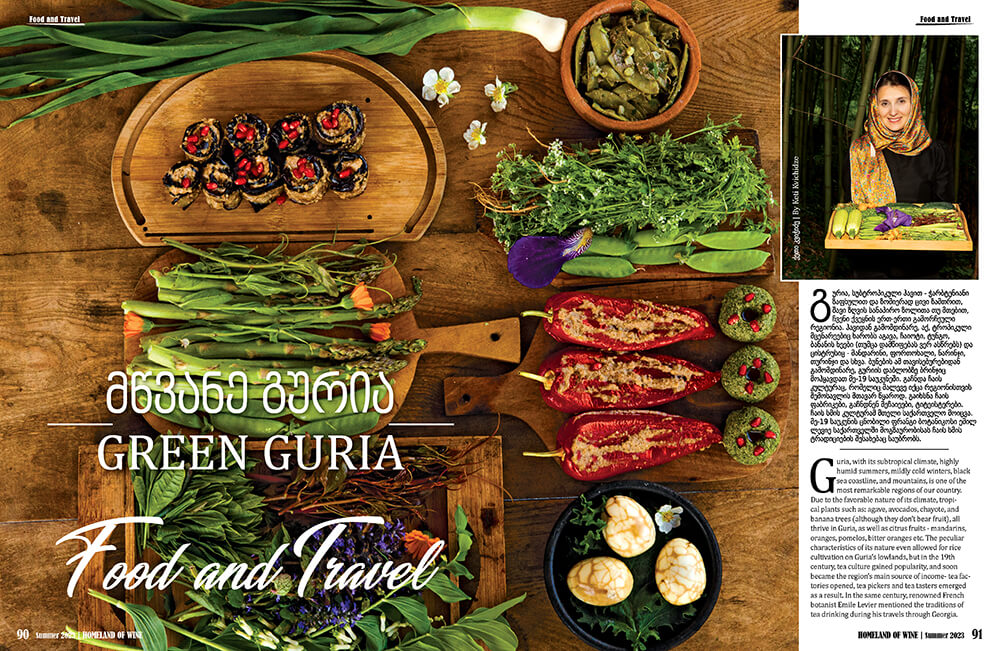
Under the aegis of the magazine, we followed the Tea Road through Guria to reach the Komli farmstay, where old traditions have been revived and guests are now welcomed. In a vast, green yard, there stands a beautiful small house reminiscent of old Gurian Oda (traditional local house), with some modern elements incorporated into the design. Nearby, there is a Chkhaveri pergola alongside a bamboo forest, and a river you can sail a small boat on.
Our tea tour host is Lika Megreladze. Upon our arrival to the Komli farmstay, we start to pluck young tea leaves, whilst Lika tells us that, aside from drinking, tea had a multitude of uses in the world both in the culinary arts and industrially. We began to delve into the topic- Tea in Guria and Green Guria. Why green? Because regardless of the season, there is always an abundance of greenery in Guria, most exuberantly in early Spring.
Historically, the first tea bushes here appeared in the 19th century, in the garden of Mamia Gurieli, the prince of Guria. However, in the beginning, it did not have any industrial purposes, and the infusion was only consumed at the prince’s court. In time it became more widespread and found a deserving place in Georgian gastronomy and agriculture.
“My grandmother was a tea taster, and there was always a variety of aromatic teas available at our home. She also prepared tea by herself – normally, she would pluck fresh green leaves, crush them by hand, dry them, and afterwards make an infusion for us. There was also a mandatory ritual at breakfast – thin khachapuri and acacia honey served with Guria’s tea, in large, porcelain cups.”
There is a scent of freshly blossomed trees and grass. Komli is a place where experiments are greatly cherished. We watch Lika crush green tea leaves into a mortar together with dried coriander, garlic, and pepper as she prepares an aromatic sauce. She then boils broken-shelled eggs in a tea infusion; the result is fascinating. We also learn that, apparently, our ancestors actively used tea for dyeing clothes, and about the existence of a tea fungus, which is used for making Kombucha, a natural energy drink.
Interestingly, there is also a Gurian researcher, Nazibrola Kvachantiradze, who had devised the Georgian recipe of Cha Gao. I became so obsessed with the idea, that one day, I even dared to make Cha Gao’s Georgian version (tea product), based on my mother’s, aunt’s, and grandmother’s recipe. Cha Gao has a 2000-year-old history, it is a tea paste, which is created through the reduction of its tea infusion. The smallest amount of it, diluted in water, will release caffeine into the body. Cha Gao has a long shelf life and is a natural antioxidant.
As you may already know, on our expeditions we are always on the lookout for interesting recipes, so while in Guria, with Lika’s help we gathered some greens-Chervil among them- and made Pkhali, a tradition Georgian dish made from minced vegetables, with it. Chervil is historically native to the Caucasus and was spread throughout most of Europe by the Romans. This herb is particularly popular in France, where it is commonly used as a garnish with fish and poultry dishes, around these parts, however, it is used for seasoning Tkhemali, a Georgian dipping sauce, or for making pkhali, which, after mincing, is braised and seasoned with hazelnuts, garlic, and peppers.
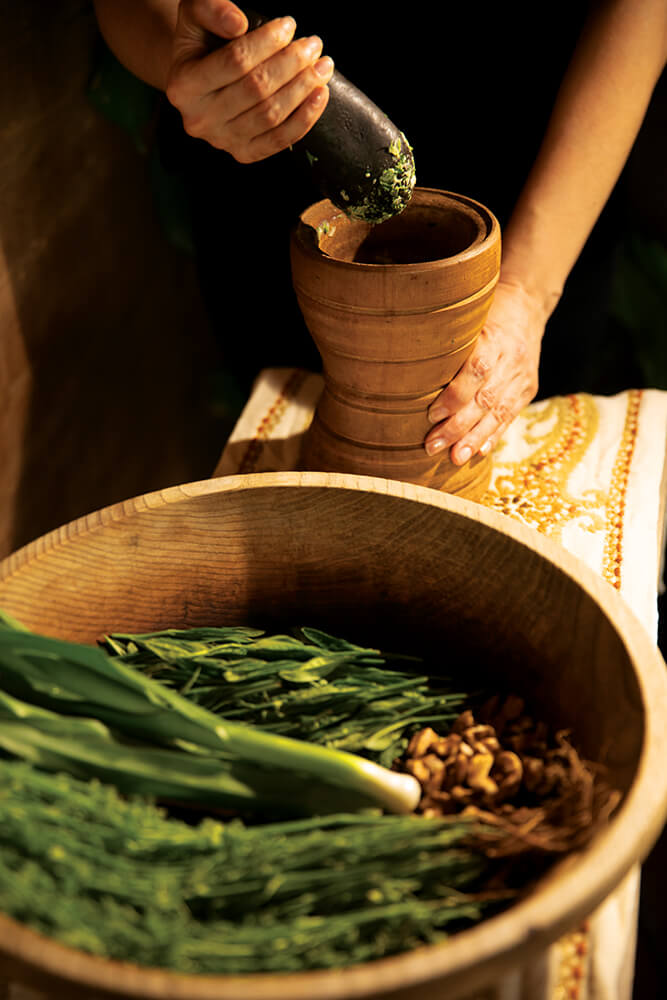
The blend of coriander, mint, green chillies, and chervil inside Gurian suneli (minced herbal paste), can be considered as a world first, a gastronomic discovery, deserving of a fitting place on the gastronomic map.
Whilst at Komli, we made one more vegetarian dish- Okros Tsertsvi (broad beans). Apparently, before other beans were imported to Georgia, broad beans were widely consumed. We even have a saying here – “throw the broad beans onto the wall,” which is used to imply that someone is unwilling to understand something that you are saying. In Tusheti and Pshavi, for instance, broad beans are very popular. Pshavi’s population commonly used them during fasting to make Dokhan (Georgian dish), it is also mentioned in the old Karabadin (traditional medicine handbook), as a healing plant. The broad bean dish, Okros Tsertsvi, was comprised of broad beans, sautéed onions, fresh coriander, and eggs, which paired perfectly with mchadi (Georgian cornbread), which was baked on a Ketsi (traditional clay pan).
Green Guria is unimaginable without German turnips, amaranth, and greenbriers. Lika prepared greenbriers with new Georgian plums, that were mixed and blanched together with German turnips and leaks, then seasoned with coriander, garlic and chervil, the result was an amazing, healthy dish. German Turnip is cultivated from the same species as cabbage and broccoli, and is prevalent around the world, in Georgia, however, it has different names, for instance in Ajara, it is called shavi pkhali or lakhana. In Samegrelo, they pickle its roots, and the leaves are used to make Lechkere, a Georgian dish, which traditionally, is consumed together with Ghomi (traditional porridge).
Next, we made a fish dish – Rainbow trout and Gobi fish caught from a nearby river, Gubazeuli, and gifted to us by a local fisherman. We wrapped the fish in tea leaves, put it on the stone ketsi, and baked it in an old fireplace on embers, tkemali, chervil sauce and mchadi went really well with it. This pairing tells us a lot about the fine taste and gastronomic culture of the Gurian hostess.
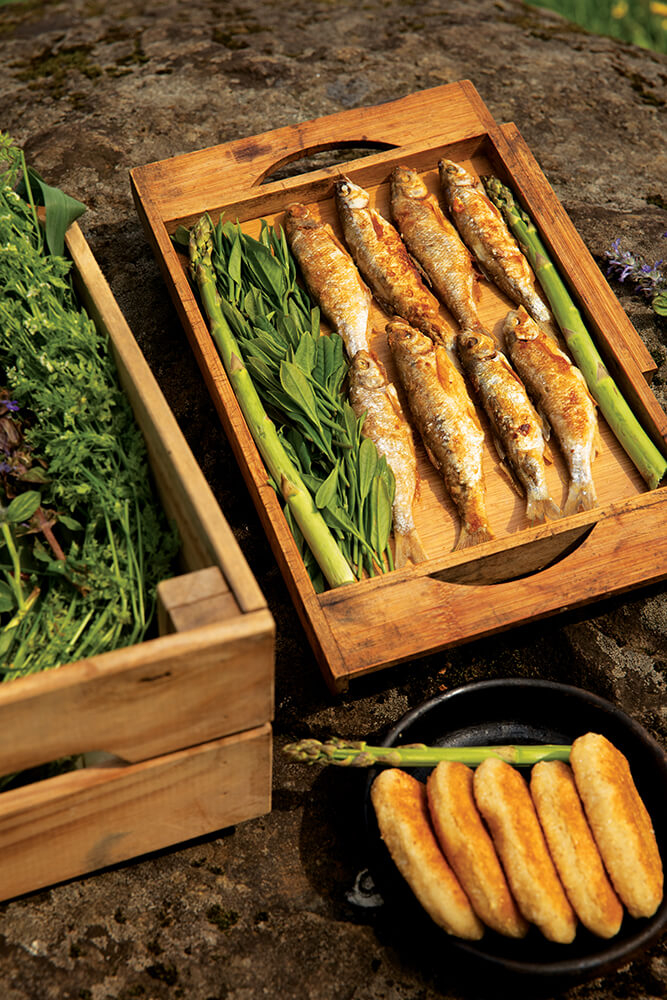
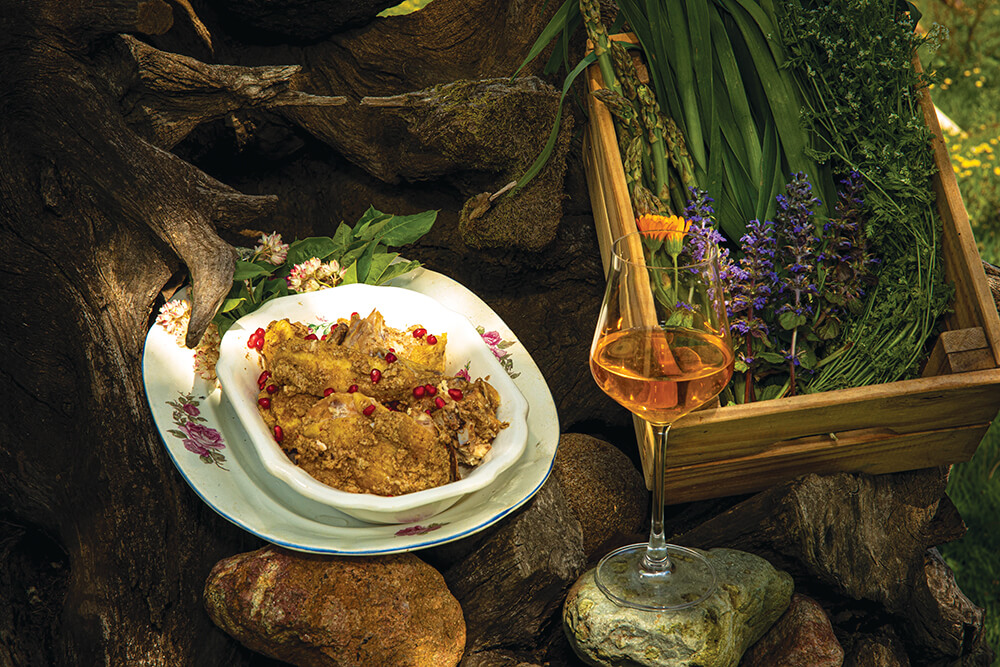
From Gurian dishes, I would like to single out Khobokvera. To make this dish, locals would capture river crabs, mince its meat, and after shaping it into meatballs, braise them. Unfortunately, this dish became obsolete, and information about it can only be found in books, which we uncovered, and as a result were able to revive the recipe.
In Komli ‘s yard, there is a bamboo forest which is commonplace in Guria, as bamboo is widely used here for industrial purposes. However, its young buds are pickled or made into confitures, once pickled, it is very crunchy and juicy, and I believe it would be a great addition to modern restaurant menus.
At the estate, as well as in the entirety of Guria, pomegranates grow in the wild and are then used to make a pomegranate dipping sauce that is seasoned with coriander and pennyroyal, which is very popular in local cuisine. Normally, roasted poussin or fish is then submerged in the pomegranate sauce and served. The topic of pomegranates reminded me of the Gurian Wine-Komli’s Chkhaveri, which is the exact colour of pomegranates and can be perfectly paired with all the dishes we cooked.
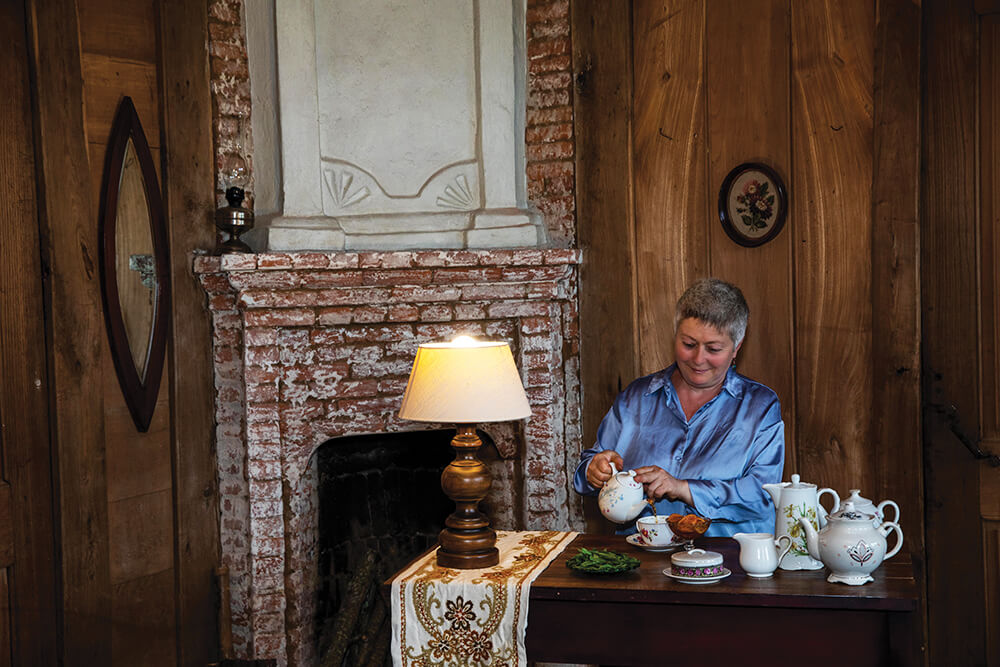
At the end of our visit, the hostess is placing tangerine confiture into a glass bowl, infusing tea in a porcelain teapot, and serving us the tea in porcelain cups as well. As for us, we are providing you with the photos in which green Guria is photographed, as they are more likely to express the true beauty of local nature.


